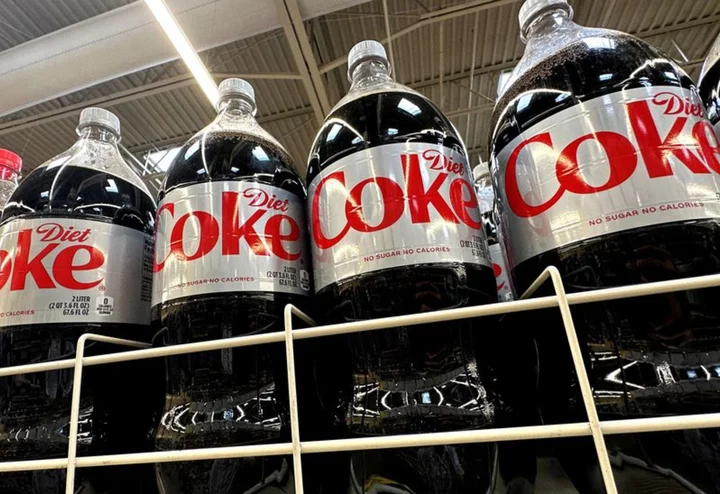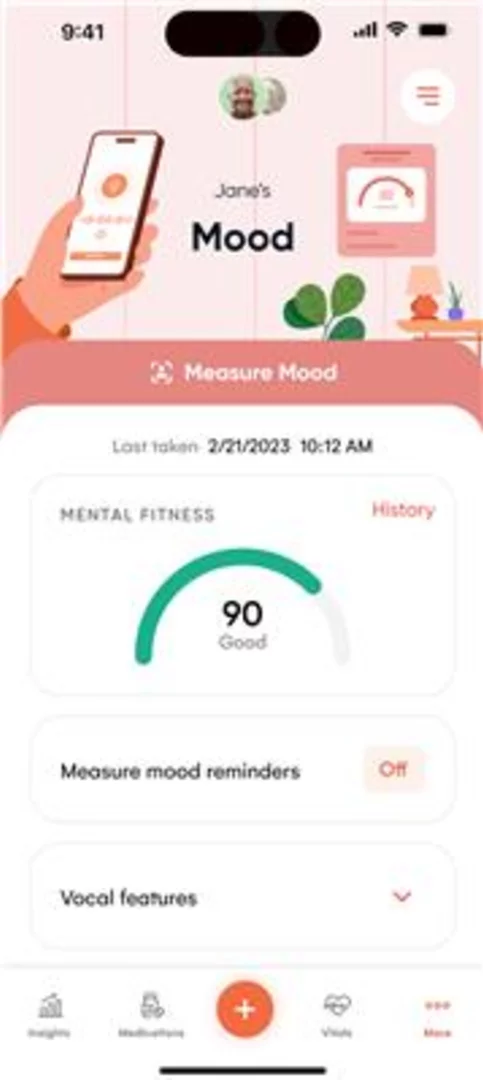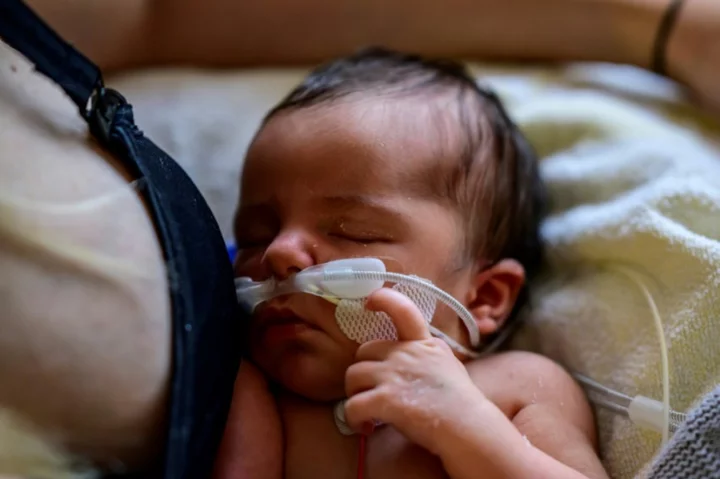Aspartame, the artificial sweetener used in products from Coca-Cola's diet sodas to Mars' Extra chewing gum, is the latest substance to be declared a possible carcinogen by the International Agency for Research on Cancer (IARC).
Carcinogens are substances that have the potential to cause cancer to humans. According to the IARC, there are four different levels of classifications - carcinogenic, probably carcinogenic, possibly carcinogenic and not classifiable.
The levels are based on the strength of the evidence, rather than how dangerous a substance is.
Here is a look at some of the top agents that are carcinogenic to humans based on their classifications:
CATEGORY-1: WHEN AN AGENT IS CONSIDERED "CARCINOGENIC TO HUMANS"
As per IARC, this classification is used when there is enough proof that the agent causes cancer in people. Typically, the assessment is based on epidemiological study findings that humans exposed to the substance acquire cancer.
Major substances and agents in this category:
Top substance/agents Cancer site
Alcoholic beverages Oral cavity, salivary gland,
esophagus, colon, rectum, liver
and breast
Outdoor air pollution Lung
Indoor emissions from Lung and skin
household combustion of
coal
Tobacco smoking Oral cavity, esophagus, stomach,
rectum, liver, pancreas, lung,
ovary, kidney, urinary bladder,
among others
Consumption of processed Colon and rectum
meat
X- and Gamma-Radiation Salivary gland, esophagus,
stomach, colon, lung, bone,
skin, breast, kidney, urinary
bladder, thyroid, brain and
central nervous system
Wood dust Pharynx, nasal cavity and
paranasal sinus
Opium consumption Larynx, lung and urinary bladder
Formaldehyde (used in Pharynx, some types of leukemia
building materials like
particle board, plywood,
and other pressed-wood
products)
Ultraviolet radiation Eye and skin
exposure (e.g. welding)
CATEGORY-2: WHEN AN AGENT IS CONSIDERED "PROBABLY CARCINOGENIC TO HUMANS"
This classification is used when there is limited or inadequate evidence of "carcinogenicity in humans" and there is either more evidence showing they cause cancer in animals, or strong evidence showing that they have similar characteristics to other human carcinogens.
Major substances and agents in this category:
Top substance/agents Cancer site
Night shift work Breast, prostate, colon and
rectum
Consumption of red meat Colon, rectum, pancreas and
prostate
Occupational exposures in Skin and leukemia
petroleum refining
Occupational exposure as a Urinary bladder
hairdresser or barber
Manufacturing of glass Stomach and lung
containers, art glass or
pressed ware
CATEGORY-3: WHEN AN AGENT IS CONSIDERED "POSSIBLY CARCINOGENIC TO HUMANS"
This classification is generally used when either there is limited evidence of "carcinogenicity in humans", sufficient evidence in animals, or strong evidence showing that the agent exhibits key characteristics of human carcinogens.
Major substances and agents in this category:
Top substance/agents Cancer site
Carpentry Nasal cavity and paranasal
sinus
Traditional Asian pickled Pharynx, esophagus and stomach
vegetables
Occupational exposures in Lung and urinary bladder
printing processes
Occupational exposures in Esophagus and urinary bladder
dry cleaning
Radiofrequency Brain and central nervous
electromagnetic fields system
CATEGORY-4: WHEN AN AGENT IS "NOT CLASSIFIABLE AS TO ITS CARCINOGENICITY TO HUMANS"
This classification is used when evidence of carcinogenicity in humans is inadequate. According to IARC, this includes drinking coffee, personal use of hair coloring products, use of fluorescent lighting, chlorinated drinking water, highly-refined mineral oils, tea and printing inks.
Source: IARC, World Health Organization
(Reporting by Granth Vanaik in Bengaluru, Editing by Deepa Babington and Catherine Evans)









